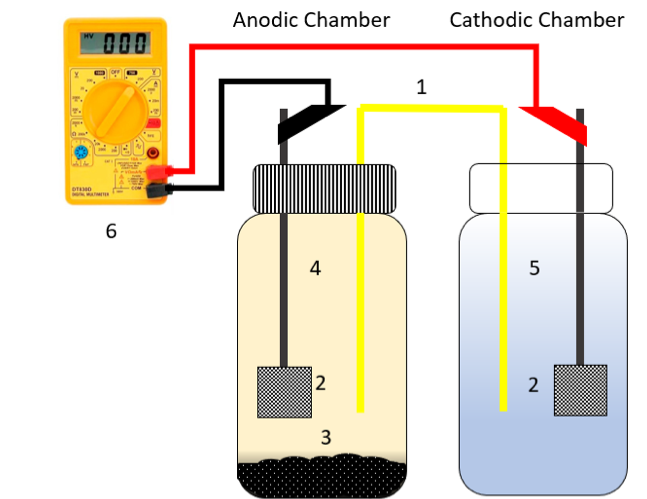Revista Mexicana de Ingeniería Química, Vol. 19, No. 3 (2020), IA805
Sulfate reduction in a sludge gradually acclimated to acetate as the sole electron donor and its potential application as inoculum in a microbial fuel cell
|
J. R. González-Paz, A. Ordaz, J. Jan-Roblero, L. C. Fernández-Linares, C. Guerrero-Barajas
https://doi.org/10.24275/rmiq/IA805
Abstract
 |
|
The aim of the present work was to obtain a sulfidogenic sludge capable of thriving with acetate and evaluate its potential application as a source of microorganisms in a microbial fuel cell (MFC). The results showed that sulfate (SO4-2) to sulfide (HS-) conversion increased from 74 ± 0.39 % with a fed consisting of a mixture acetate:butyrate, to 85 ± 0.34 % with a fed containing only acetate. The sulfate removal rate (SRR) was of 73.14 ± 2.08 mg SO4-2 gVSS-1 L-1 h-1 and sulfate reducing activity (SRA) 6.46 ± 1.25 mg COD-H2S gVSS-1L-1h-1 with the mixture and SRR 70.51 ± 1.58 mg SO4-2 gVSS-1 L-1 h-1 ; SRA 7.67 ± 1.00 mg COD-H2S gVSS-1 L-1 h-1 with acetate. The COD removal increased from 66 ± 0.8% with the mixture to 81 ± 0.39 %, with acetate. The open circuit voltage increased from 0.668 to 0.788 V with acetate. The results suggested that this sludge could be utilized to recover energy that could be eventually susceptible to storage for further utilization while reducing sulfate and avoiding accumulation of acetate.
Keywords: sulfate reduction, acetate, microbial fuel cell.
|
|
 |

